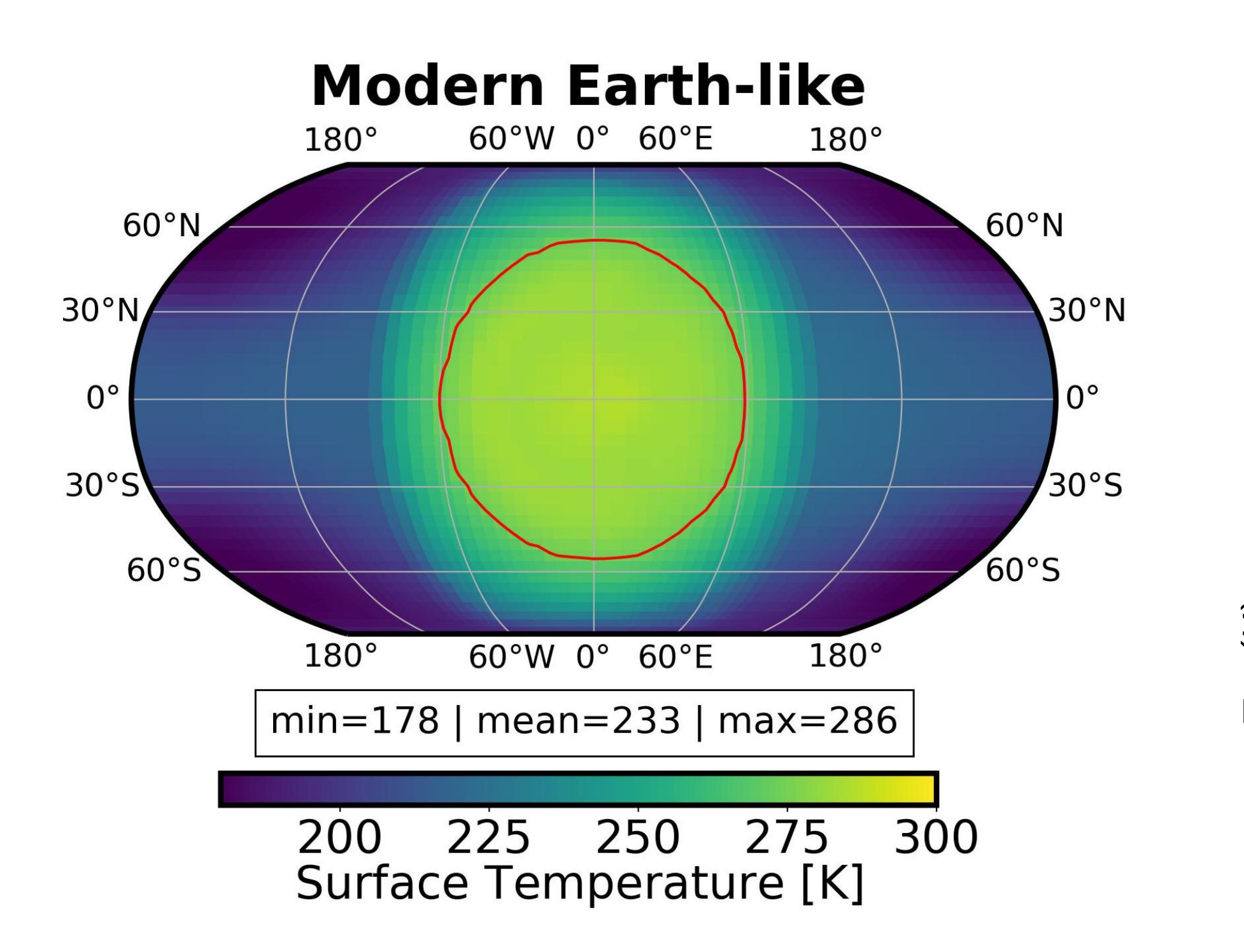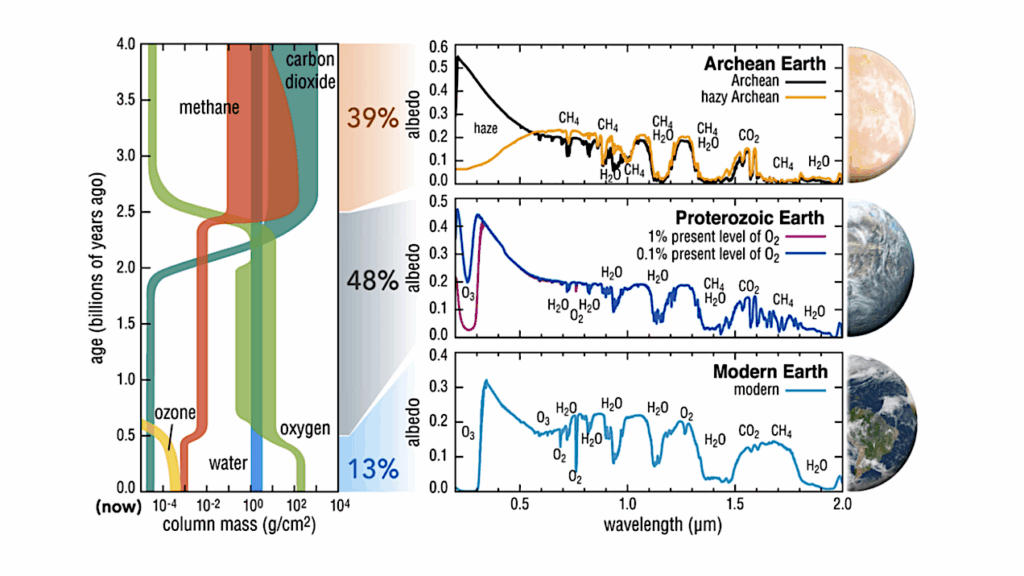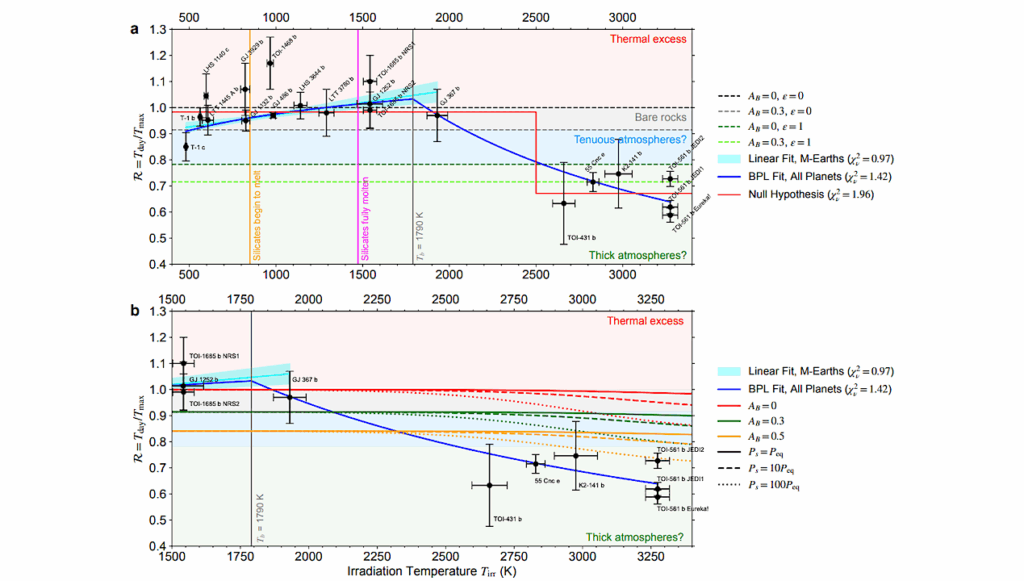The CARMENES Search For Exoplanets Around M Dwarfs, Wolf 1069 b: Earth-mass Planet In The Habitable Zone Of A Nearby, Very Low-mass Star

We present the discovery of an Earth-mass planet (Mbsini=1.36±0.21M⊕) on a 15.6d orbit of a relatively nearby (d∼9.6pc) and low-mass (0.167±0.011M⊙) M5.0V star, Wolf 1069.
Sitting at a separation of 0.0672±0.0014au away from the host star puts Wolf 1069b in the habitable zone (HZ), receiving an incident flux of S=0.652±0.029S⊕. The planetary signal was detected using telluric-corrected radial-velocity (RV) data from the CARMENES spectrograph, amounting to a total of 262 spectroscopic observations covering almost four years. There are additional long-period signals in the RVs, one of which we attribute to the stellar rotation period.
This is possible thanks to our photometric analysis including new, well-sampled monitoring campaigns undergone with the OSN and TJO facilities that supplement archival photometry (i.e., from MEarth and SuperWASP), and this yielded an updated rotational period range of Prot=150−170d, with a likely value at 169.3+3.7−3.6d. The stellar activity indicators provided by the CARMENES spectra likewise demonstrate evidence for the slow rotation period, though not as accurately due to possible factors such as signal aliasing or spot evolution.
Our detectability limits indicate that additional planets more massive than one Earth mass with orbital periods of less than 10 days can be ruled out, suggesting that perhaps Wolf 1069 b had a violent formation history. This planet is also the 6th closest Earth-mass planet situated in the conservative HZ, after Proxima Centauri b, GJ 1061d, Teegarden’s Star c, and GJ 1002 b and c. Despite not transiting, Wolf 1069b is nonetheless a very promising target for future three-dimensional climate models to investigate various habitability cases as well as for sub-ms−1 RV campaigns to search for potential inner sub-Earth-mass planets in order to test planet formation theories.

M-dwarf (Teff < 4000 K) planetary systems with at least one detected planet in the conservative sample of potentially habitable exoplanets (i.e., 0.5 R⊕ < Rp < 1.6 R⊕ or 0.1 M⊕ < M sin ip < 3 M⊕) defined by the Habitable Exoplanet Catalog. The optimistic and conservative HZ regions for a one Earth-mass planet following the definition as set out by Kopparapu et al. (2013) are shaded with light and dark green, respectively. Only the planets in either the conservative or optimistic HZ of each planetary system are shown. White-filled and gray-filled points indicate nontransiting and transiting detections, respectively. The size of the circles is proportional to the planetary radius, estimated with the mass–radius relationship of Zeng et al. (2016) for nontransiting RV planets. The data used in this plot is further discussed in Appendix B. Plot inspired by Zechmeister et al. (2019) and Dreizler et al. (2020).
D. Kossakowski, M. Kürster, T. Trifonov, Th. Henning, J. Kemmer, J. A. Caballero, R. Burn, S. Sabotta, J. S. Crouse, T. J. Fauchez, E. Nagel, A. Kaminski, E. Herrero, E. Rodríguez, E. González-Álvarez, A. Quirrenbach, P. J. Amado, I. Ribas, A. Reiners, J. Aceituno, V. J. S. Béjar, D. Baroch, S. T. Bastelberger, P. Chaturvedi, C. Cifuentes, S. Dreizler, S. V. Jeffers, R. Kopparapu, M. Lafarga, M. J. López-González, S. Martí n-Ruiz, D. Montes, J. C. Morales, E. Pallé, A. Pavlov, S. Pedraz, V. Perdelwitz, M. Pérez-Torres, M. Perger, S. Reffert, C. Rodríguez López, M. Schlecker, P. Schöfer, A. Schweitzer, Y. Shan, A. Shields, S. Stock, E. Wolf, M. R. Zapatero Osorio, M. Zechmeister
Comments: 26 pages, 15 figures
Subjects: Earth and Planetary Astrophysics (astro-ph.EP); Solar and Stellar Astrophysics (astro-ph.SR)
Cite as: arXiv:2301.02477 [astro-ph.EP] (or arXiv:2301.02477v1 [astro-ph.EP] for this version)
Related DOI:
https://doi.org/10.1051/0004-6361/202245322
Focus to learn more
Submission history
From: Diana Kossakowski
[v1] Fri, 6 Jan 2023 12:25:44 UTC (12,683 KB)
https://arxiv.org/abs/2301.02477
Astrobiology








